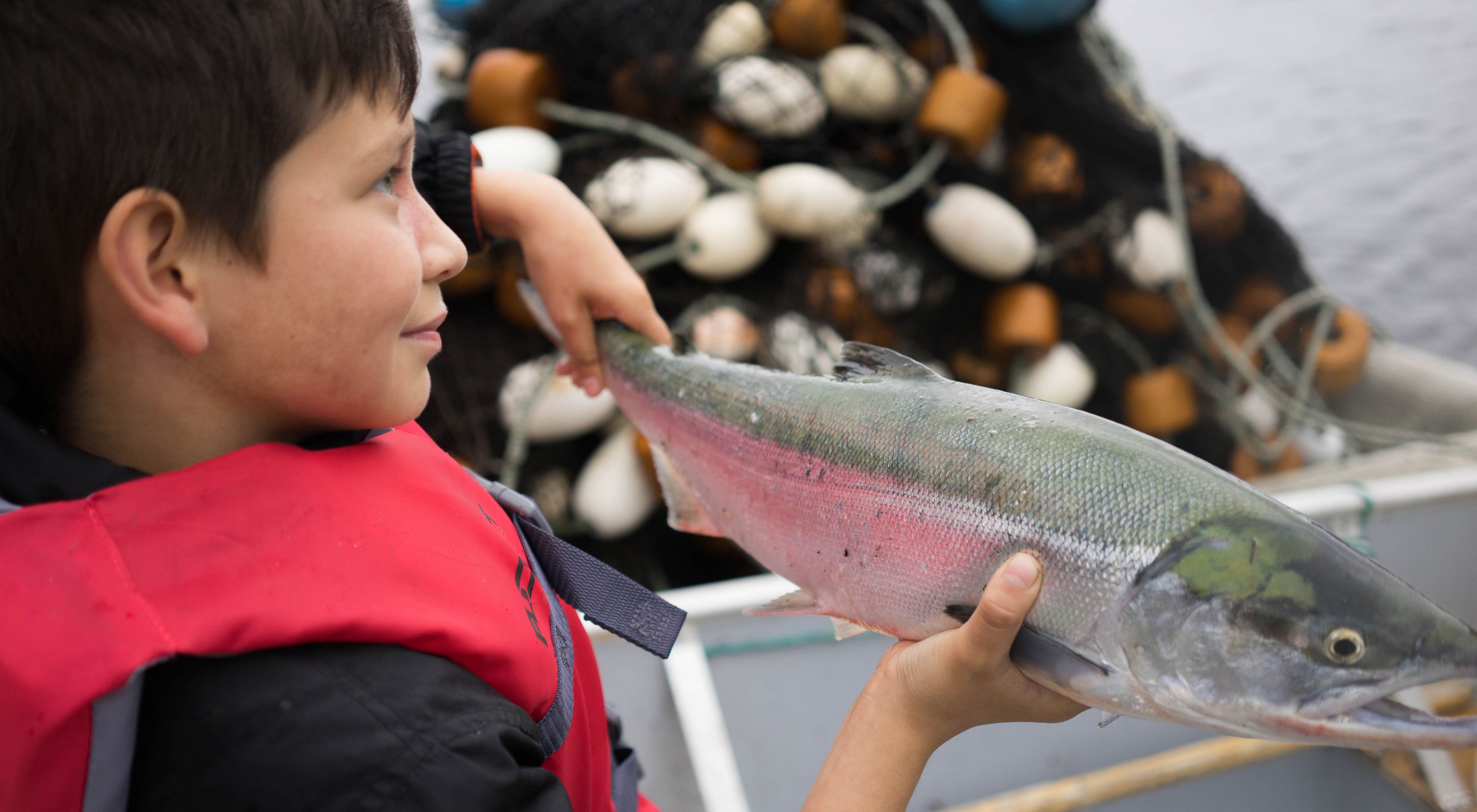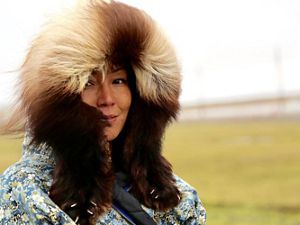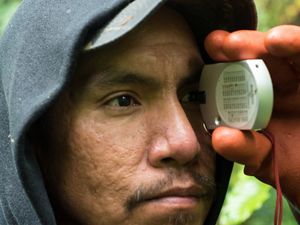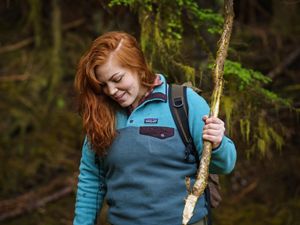Coming Together for Wild Sockeye
TNC and Klawock tribe work together to create a sustainable future for salmon.
Why This Story
Can a village dream its wild salmon back to the river? Thanks to a deep well of community will and TNC’s science and know-how, the answer in the Tlingit village of Klawock, Alaska, is a confident yes. TNC is a proud partner in the long tradition of Indigenous stewardship of natural resources in Alaska.
The Tlingit village of Klawock, Alaska, is a place of wild salmon. It’s why people live here, at the mouth of the Klawock River in the Alaskan panhandle.
“There’s a deep connection between the people of Klawock and salmon,” says Quinn Aboudara, a Sustainable Southeast Partnership community catalyst with the Klawock tribe. “Sockeye have been the traditional culturally prized fish for thousands of years.”
Indeed, the stone remains of fish weirs and traps dating back to at least 3,800 years ago lie dormant in the estuaries of Alaska’s Prince of Wales Island—the Delaware-sized isle of lush coastal rainforest and rugged mountain peaks. Its thousands of miles of crystalline salmon streams pulse and flow with the island’s 100 inches of annual precipitation.
Quote: Quinn Aboudara
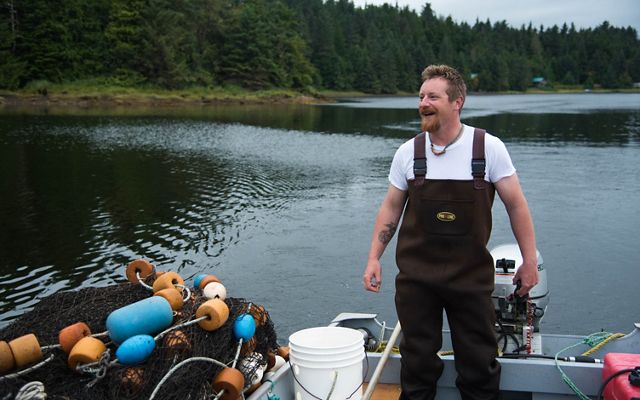
Twenty years ago I remember pulling in 200 sockeye in a single day, and being able to spread that out among different families. That’s just not possible anymore.
Samon Runs Have Declined
Though local Indigenous authority over fishing rights and management has waned since commercial exploitation began, the connection between Klawock and wild salmon continues today. The trouble is, salmon aren’t returning to Klawock Lake as they once did. Elders reported much larger sockeye runs in the past. Local cannery records show especially robust salmon runs—and unprecedented commercial harvests of more than 70,000 sockeye in the late 1890s and early 1900s. Fast-forward a century or so to 2013 and just 1,500 sockeye returned to the lake—the lowest in a string of especially poor runs. Since then, numbers have risen: slightly more than 7,000 sockeye salmon reached the lake in 2018 and 2019. But, overall, Klawock sockeye runs are still a shadow of their earlier numbers and that's a disappointment for many.
“Twenty years ago I remember pulling in 200 sockeye in a single day, and being able to spread that out among different families,” Aboudara says. “That’s just not possible anymore.”
People of Klawock are asking why, and the Klawock Cooperative Association, the federally recognized tribe, is leading an effort to restore the strength of the run with research help from The Nature Conservancy (TNC).
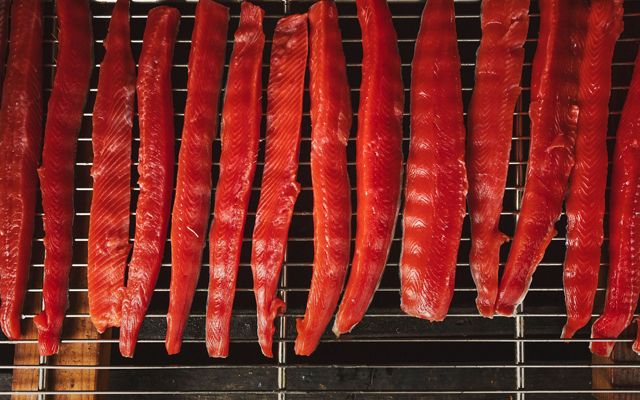
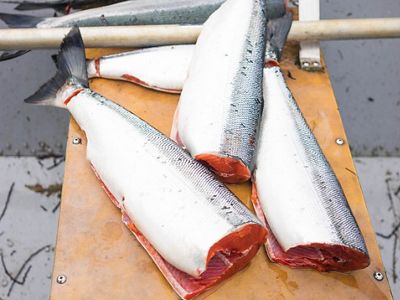
Building a Science-Based Plan for Salmon Recovery
TNC’s “Klawock Lake Sockeye Salmon Retrospective Analysis” proposed a path forward for restoring the fishery. In creating this path, the team looked back at the forces that harmed the sockeye run, including:
- intense commercial fishing pressure connected to the 1870s construction of the state’s first fish processor, a saltery;
- the construction of a salmon hatchery on the Klawock River in 1976; and
- intensive clear-cut logging and roadbuilding in the 1980s.
Using TNC’s historic analysis as a starting point, the people and organizations connected to the Klawock River watershed have come together and agreed upon a solid and well-researched path forward: “The Klawock Lake Sockeye Salmon Action Plan.” It offers a set of concise directives to pursue a clear vision: “To promote healthy and sustainable sockeye salmon populations in Klawock Lake for local communities.”
The plan spells out a variety of steps ahead in the categories of habitat, education, hatchery and enhancement, and population and harvest studies. This year, the community agreed to limit its own local sockeye salmon harvest to protect the fish's future.
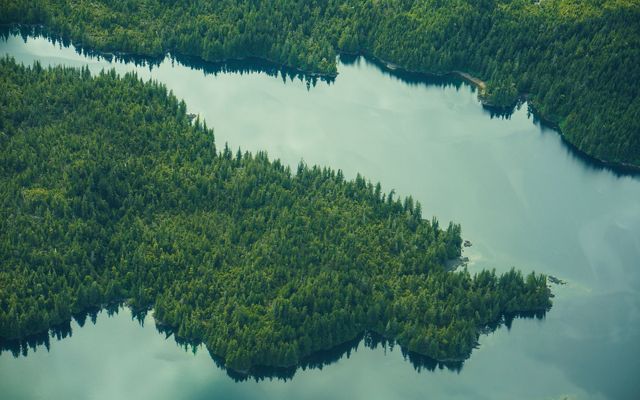
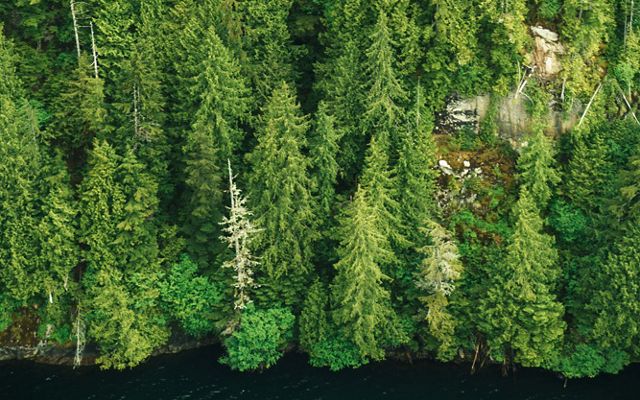
“At TNC, we’re proud to support these efforts to restore Klawock Lake sockeye,” says Christine Woll, director of TNC programs in Southeast Alaska. “Many of these actions have their own momentum, and a diverse group of partners are working on moving many of them forward. This is an example of how people in communities can make a difference in the future of the lands and waters surrounding the places where they live and work.”
Ultimately, each step is guided by science and community will and strives to bring everyone closer to a common goal.
“We would all like to see the returns of sockeye salmon on the mend,” says Aboudara.
